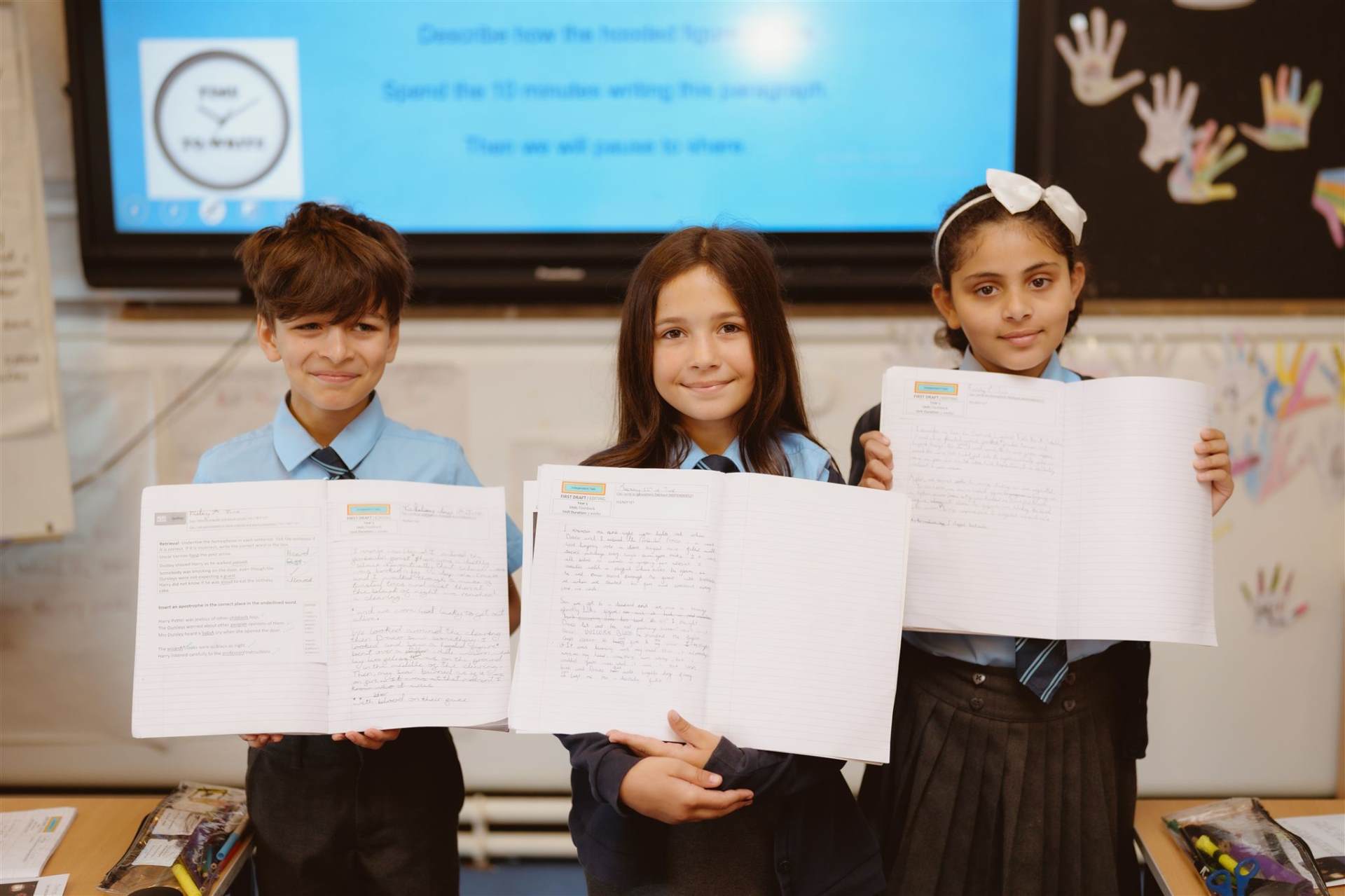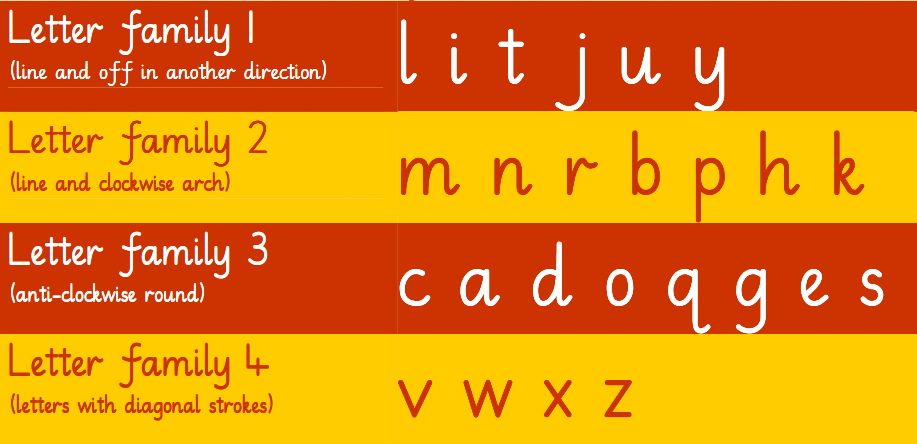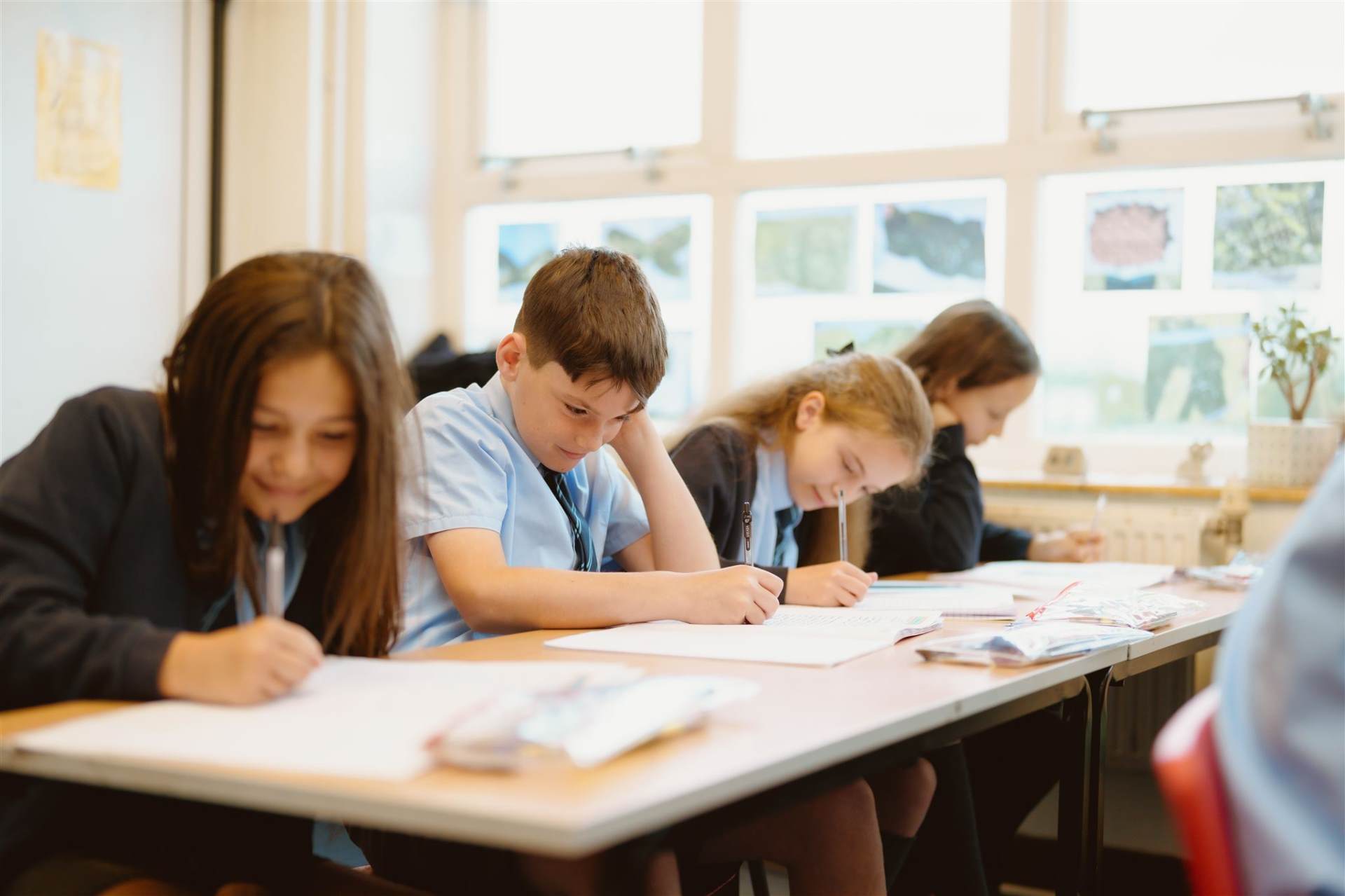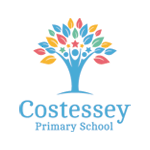English
Key principles:
- No struggling reader or writer is left without additional targeted support
- Teachers develop deep subject knowledge which enables them to plan effective sequences of learning and identify children’s next steps
- Children immerse themselves in a rich experience of reading and writing across a broad range of genres and curriculum areas.
Structure
Sequences of learning are taught in units which are usually two or three weeks in length. These units focus on one genre at a time and combine specific reading and writing skills with content from across the wider curriculum. Each unit begins by exploring the genre and its features in detail before introducing and practising relevant skills, and ends with an independent piece of writing which ties together all of this learning. The collection of a pupil’s independent writing is used throughout the year to assess attainment against key National Curriculum objectives.

Spelling
In Key Stage 1 and Key Stage 2, pupils are taught specific spelling patterns and word lists using the programme Pathways to Spell. Pathways to Spell is designed for whole-class teaching of the primary national curriculum objectives. Pupils are introduced to a new list of words each week, in addition to reviewing previous spelling patterns they have been taught.
Handwriting
Handwriting is taught using the Nelson Handwriting programme which uses step-by-step stages to take children from early fine motor development, introducing cursive writing, through to developing a personal style.
The image below shows how each letter is formed when first introduced in reception:

By the end of Y2, children are required to be able to form letters correctly, beginning and finishing in the right place, and to write them correctly in terms of size and relationship to each other to reach the expected standard in writing. By the end of Y6, in order to achieve the expected standard, children must be able to join legibly and at speed.

